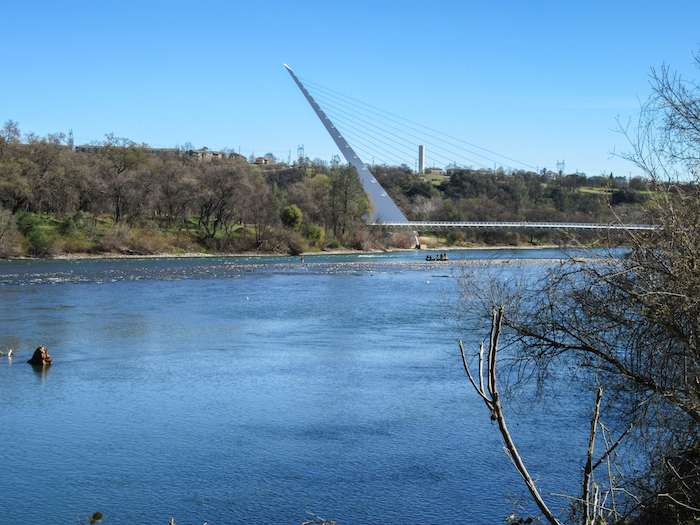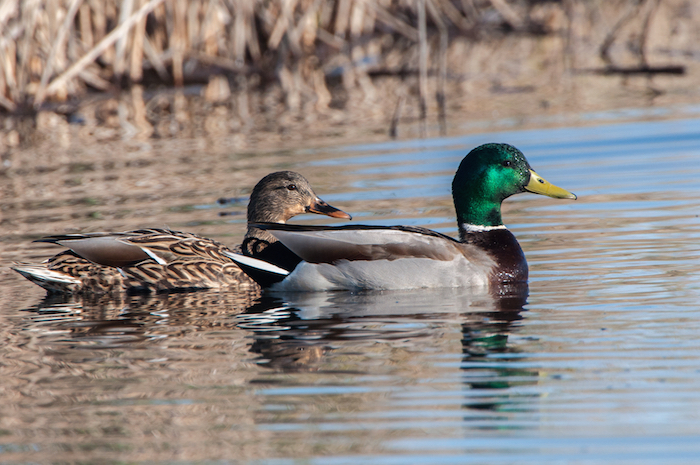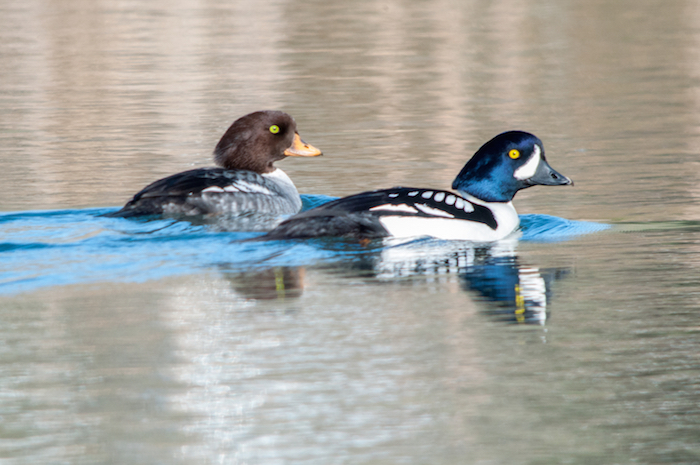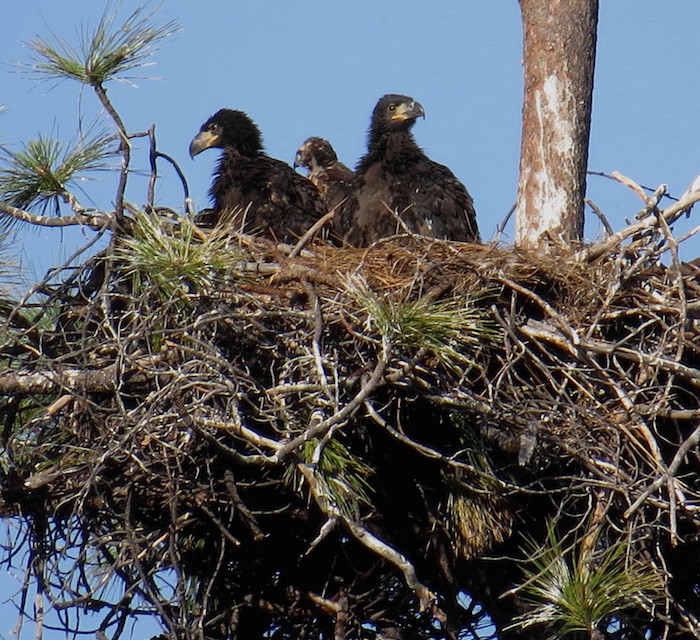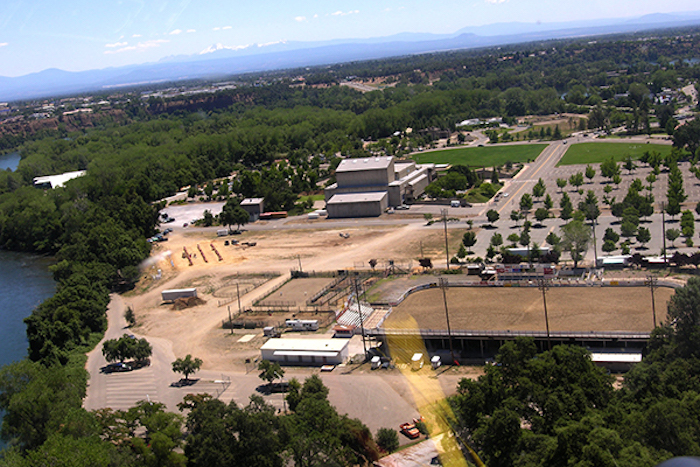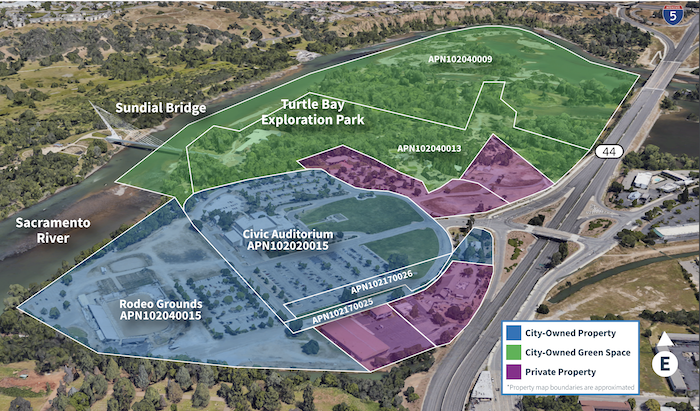
Call to Action Bullet Points
CALL TO ACTION: Supporters and Friends, we need a few minutes of your time to help us convince the City of Redding not to designate as surplus and sell the Civic Auditorium and the Redding Rodeo Grounds and adjacent open space. Your participation is critical. Please read below and plan to speak or submit written comments at the upcoming Council hearing on April 19th at 6:00 to have your voice heard.
We need everyone to participate in order for this campaign to be successful!
Below is a link to a letter submitted to the City on behalf of Wintu Audubon, Sierra Club Shasta Group, and Shasta Environmental Alliance. The letter outlines numerous reasons why the City should not sell off the Rodeo grounds for development and, at the very least, must prepare an environmental analysis before deciding what to do with the property. The bullet points below summarize the key issues raised in the letter. Please use the bullets points as a guide to help you create and send a comment letter or comment in person at the upcoming hearing on April 19th at 6:00pm. In-person comments seem especially valuable, and can be read. We suggest you choose one or two bullets and focus your comments on those issues. In this way, comments will cover more topics. If you have any specific training, experience, or expertise in natural resources that could be impacted by the sale and development of this property, we especially need you to describe those potential impacts and state your qualifications. Please share this information with your clubs and friends.
- Selling this land to a developer would be short-sighted and could lead to high-rise buildings, noise, and pollution in an area the City has designated for habitat restoration.
- The City should slow down this process and carefully plan what kind and what density/intensity of uses should go on this site.
- Designating this land as surplus and selling it to a developer may lead the City to approve a development that no one wants. Convention centers, hotels, sports arenas, and large entertainment venues would result in large crowds with a lot of traffic, noise, lights/glare, and pollution that would harm wildlife in the area and ruin recreational experiences on the river.
- The Redding Rodeo Grounds are part of the river shoreline and provide wonderful public recreation opportunities. Redding residents and visitors enjoy the river corridor for scenic views, walking/hiking, bicycling, fishing, boating, bird-watching and other recreational uses. The presence of the River in the region is very important to this area’s quality of life and natural ecosystems, and to the region’s tourism economy. The rodeo grounds should be held by the City for public uses.
- The City’s General Plan policies say to acquire land along the river for public uses, not to sell it off for commercial uses!
- The Redding Rodeo Grounds and the Civic Auditorium are right next to extensive riparian habitat hosting a rich variety of wildlife. These include Turtle Bay Exploration Park open space area, the Turtle Bay Bird Sanctuary, and riparian resources extending from the Sundial Bridge upstream and beyond the Posse Grounds boat ramp. These natural resources should be protected.
- A “no disturbance” buffer zone between the extensive riparian habitat and any new development is critical to protect these natural areas. Declaring the lands immediately adjacent to the natural areas as surplus, and selling them to others for development, will foreclose any such options for protection.
- The City’s General Plan and Open Space Master Plan direct the City to preserve sites like this one by establishing public open space areas along the River to provide outdoor recreation and the potential to restore wildlife habitats, create effective storm water management, and preserve scenic views. Selling the property for development directly violates these policies.
- The Sacramento River Trail is designated as a National Recreation Trail by the U.S. National Park Service. We should preserve it and the surrounding area to ensure that hikers have a natural experience. The grounds should be held by the City for public uses and to preserve recreational uses.
- The Project Site’s location along the river also makes it likely that new development there could significantly impact buried cultural, tribal and /or archaeological resources.
- The City must study the biological, cultural, and recreational values of the site and carefully plan what uses should be allowed there prior to deciding whether to sell it off for development.
- Large crowds, heavy traffic, loud events, and related pollution will ruin our quality of life and natural ecosystems in the area.
City staff claim ”common sense” says there will be no impacts. More traffic, more people, more runoff, more noise will all likely result from selling the lands for more intensive development. How is it ”common sense” that there will be no impacts? Common sense would say impacts to wildlife will result.

